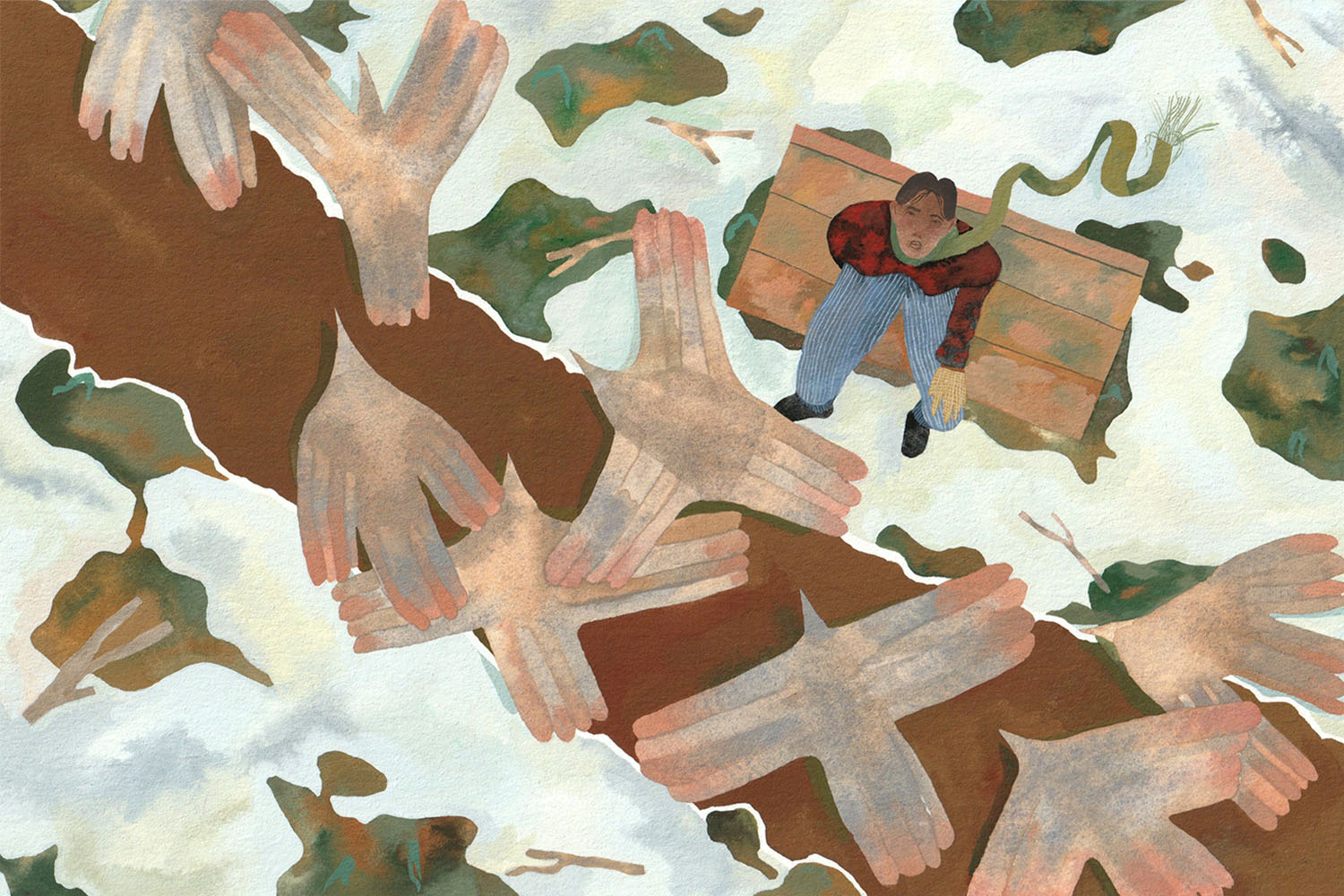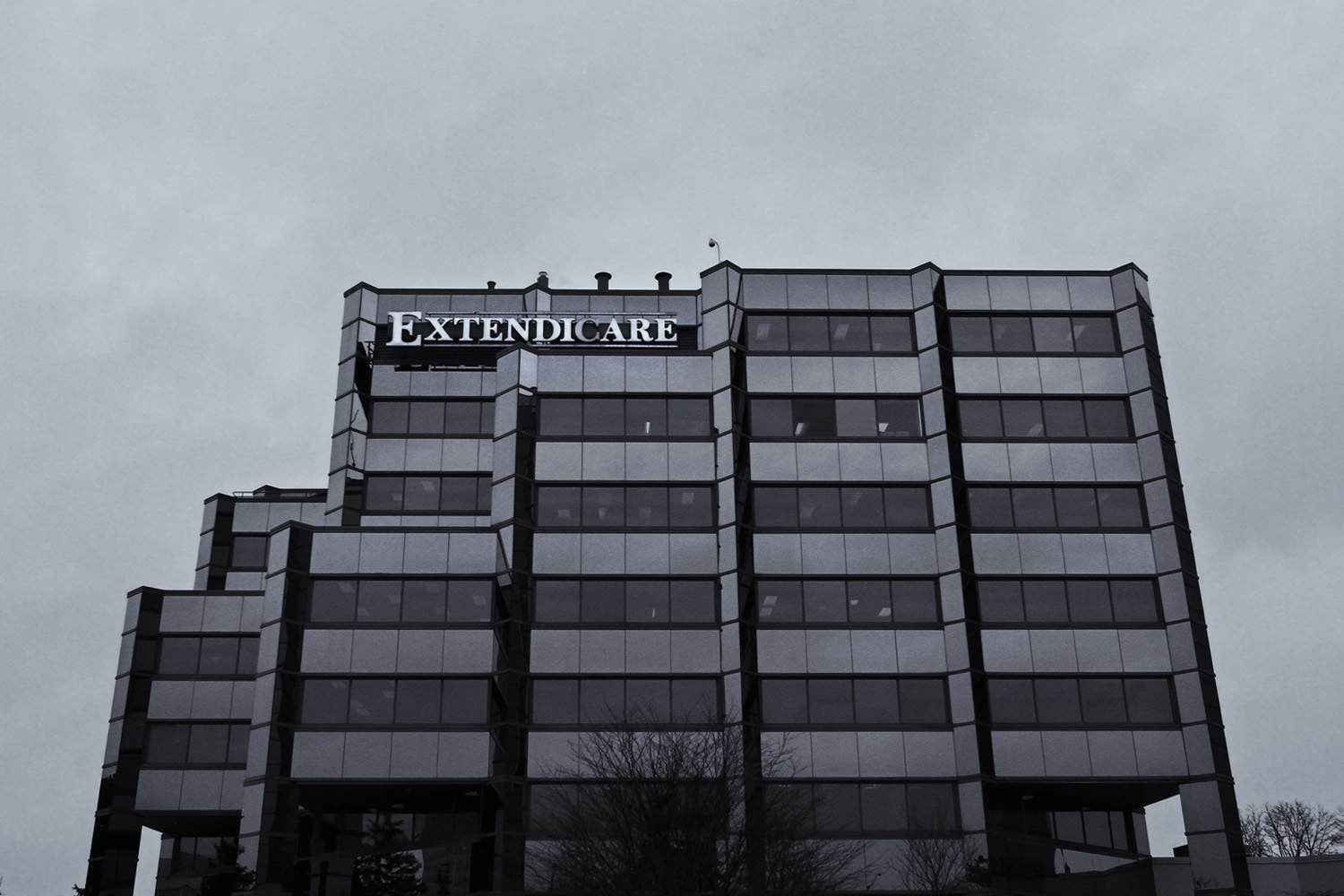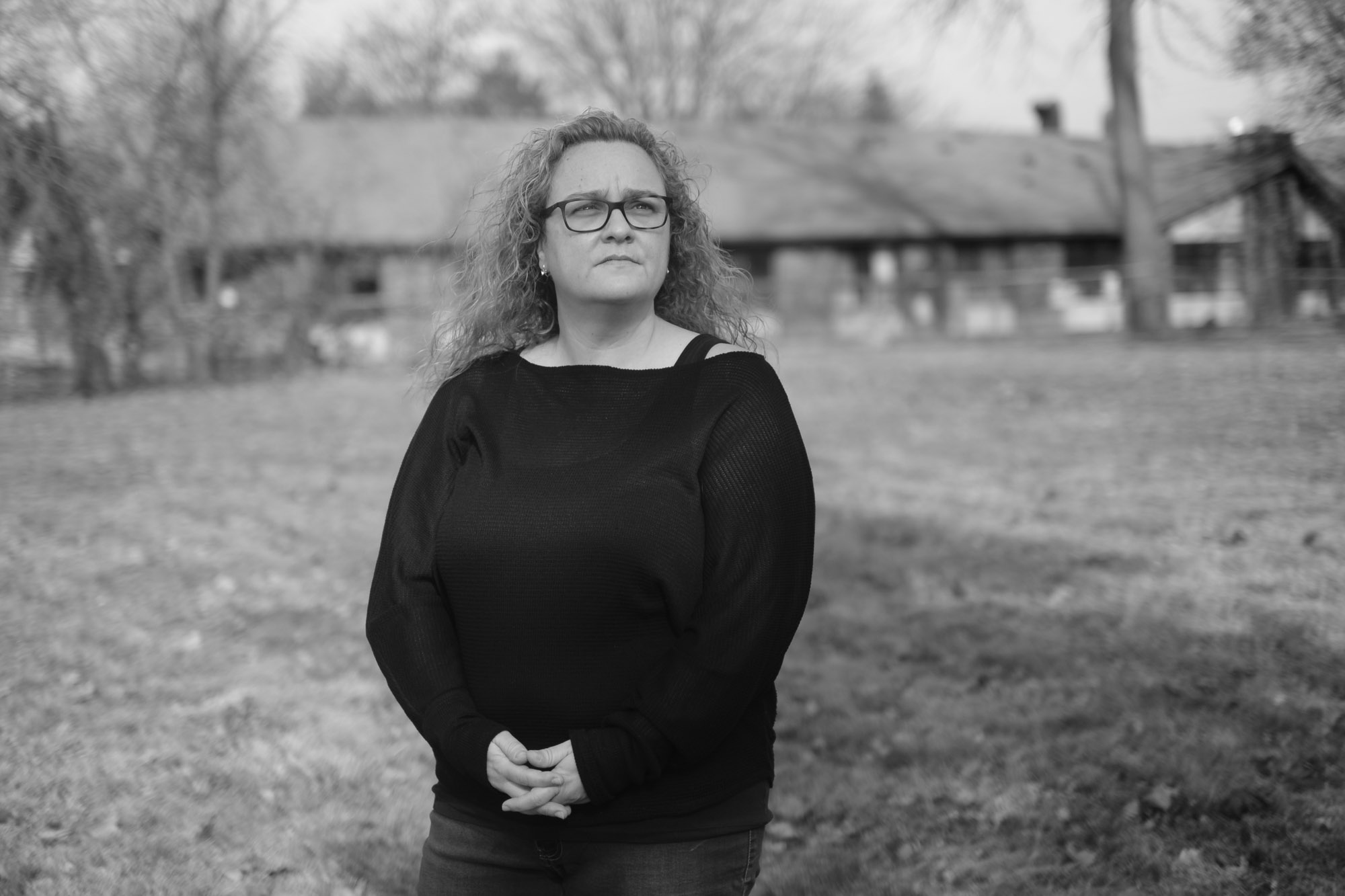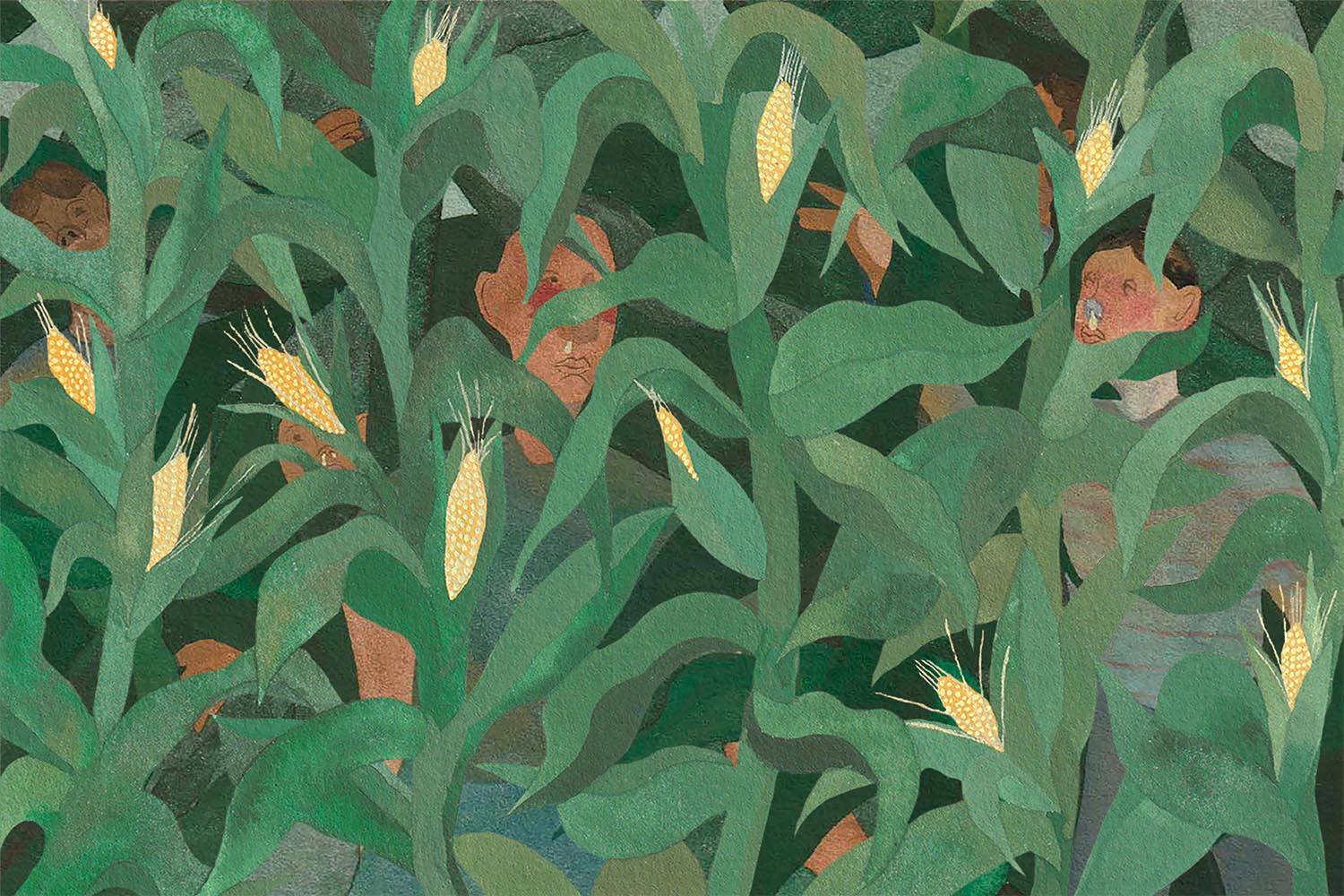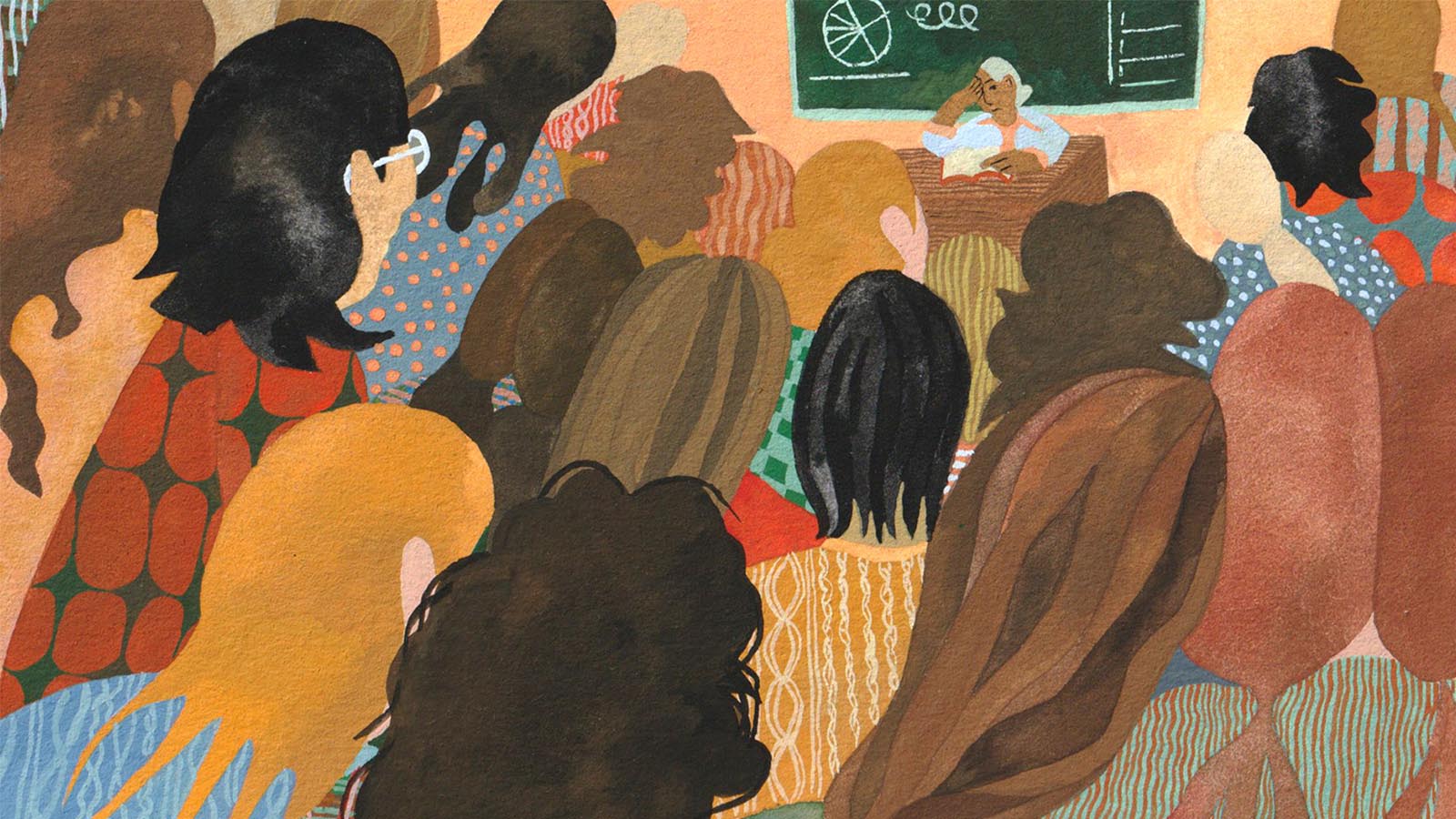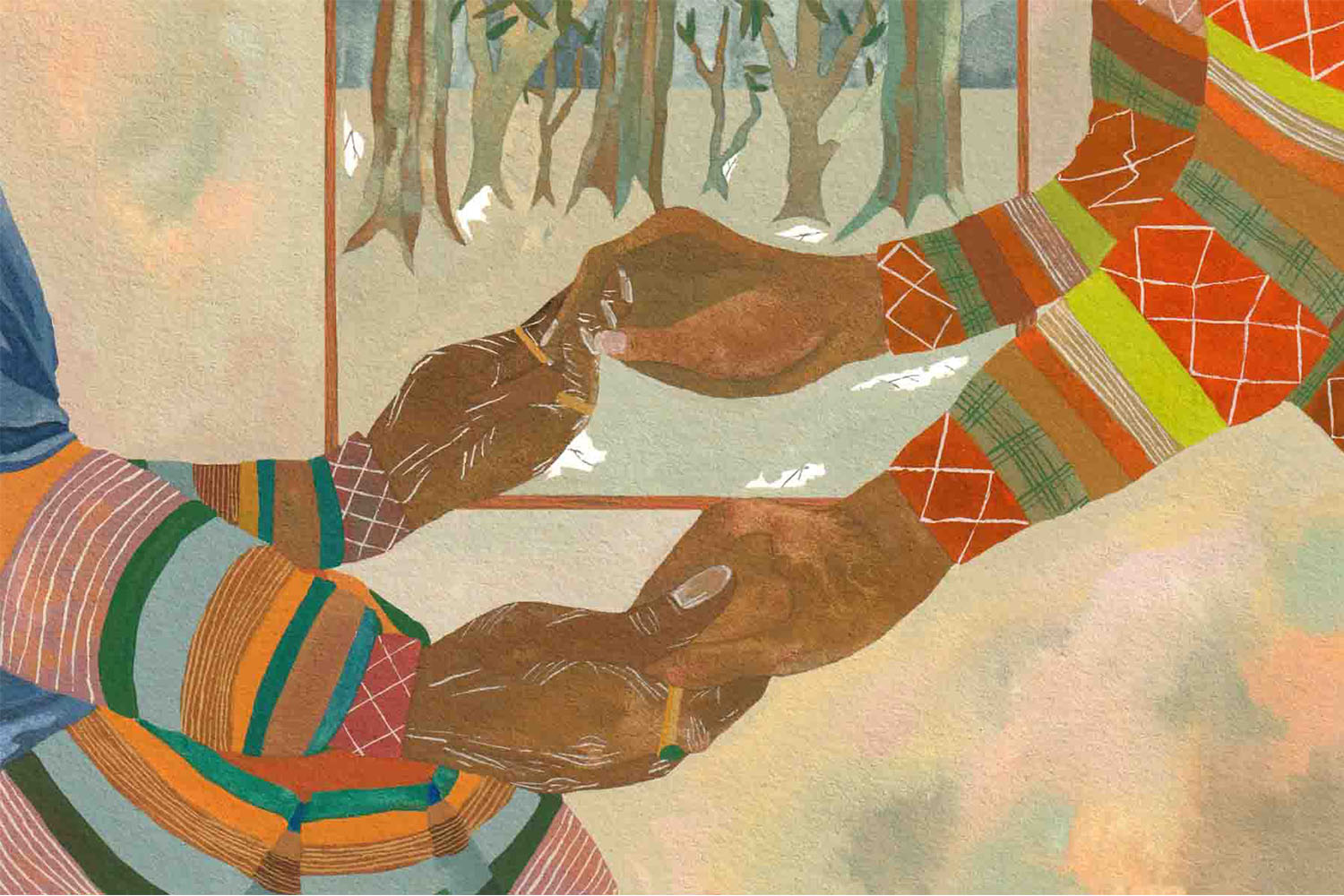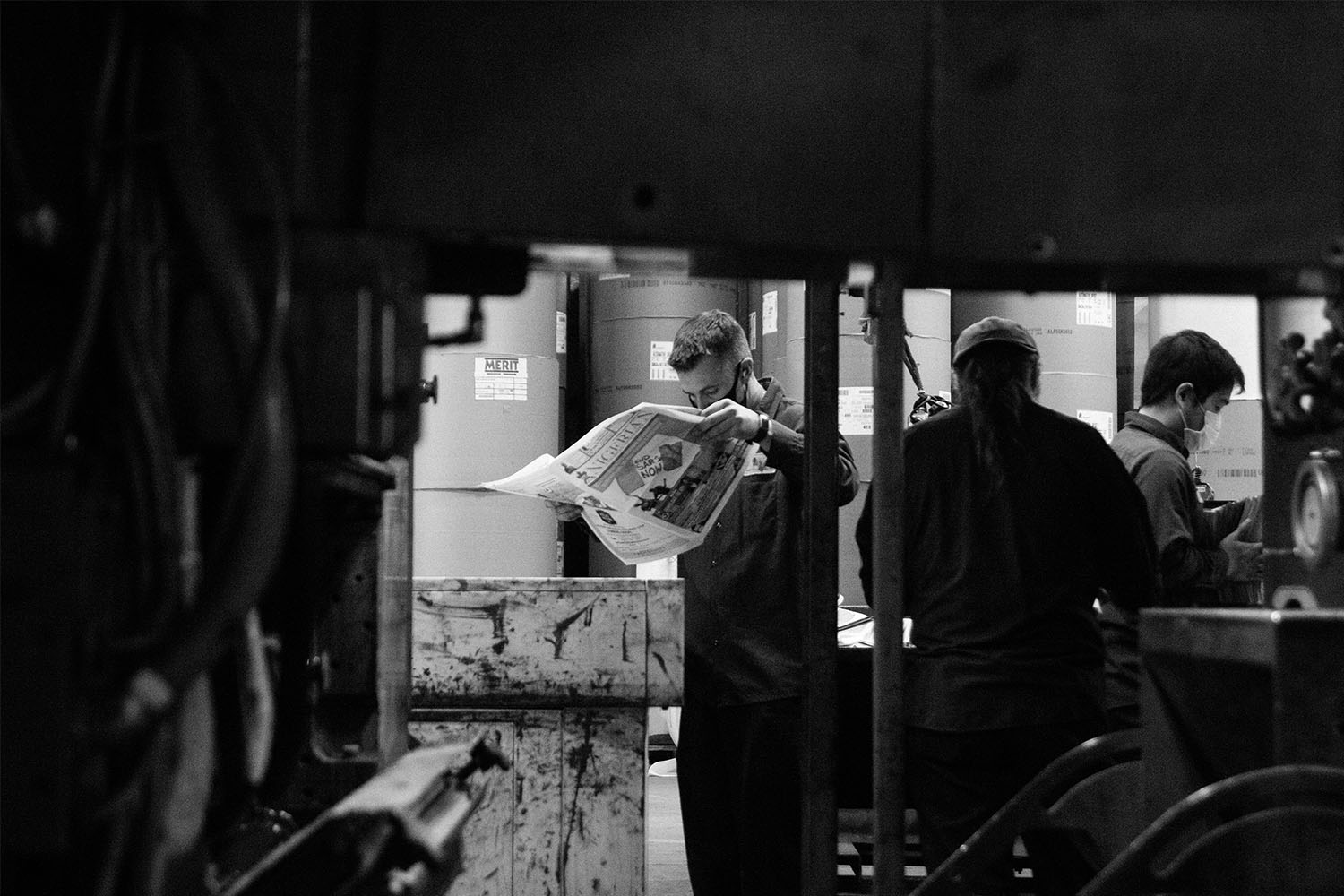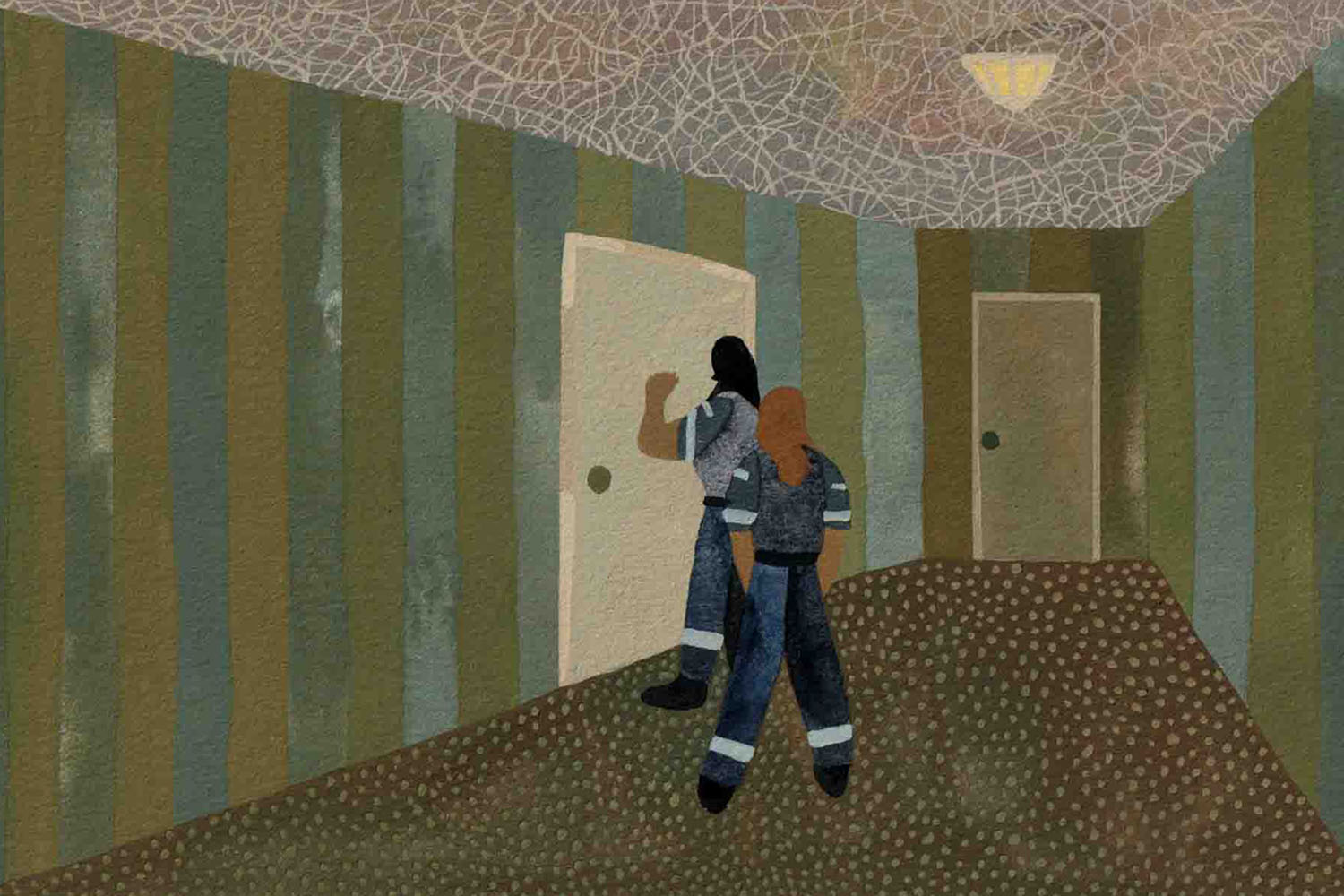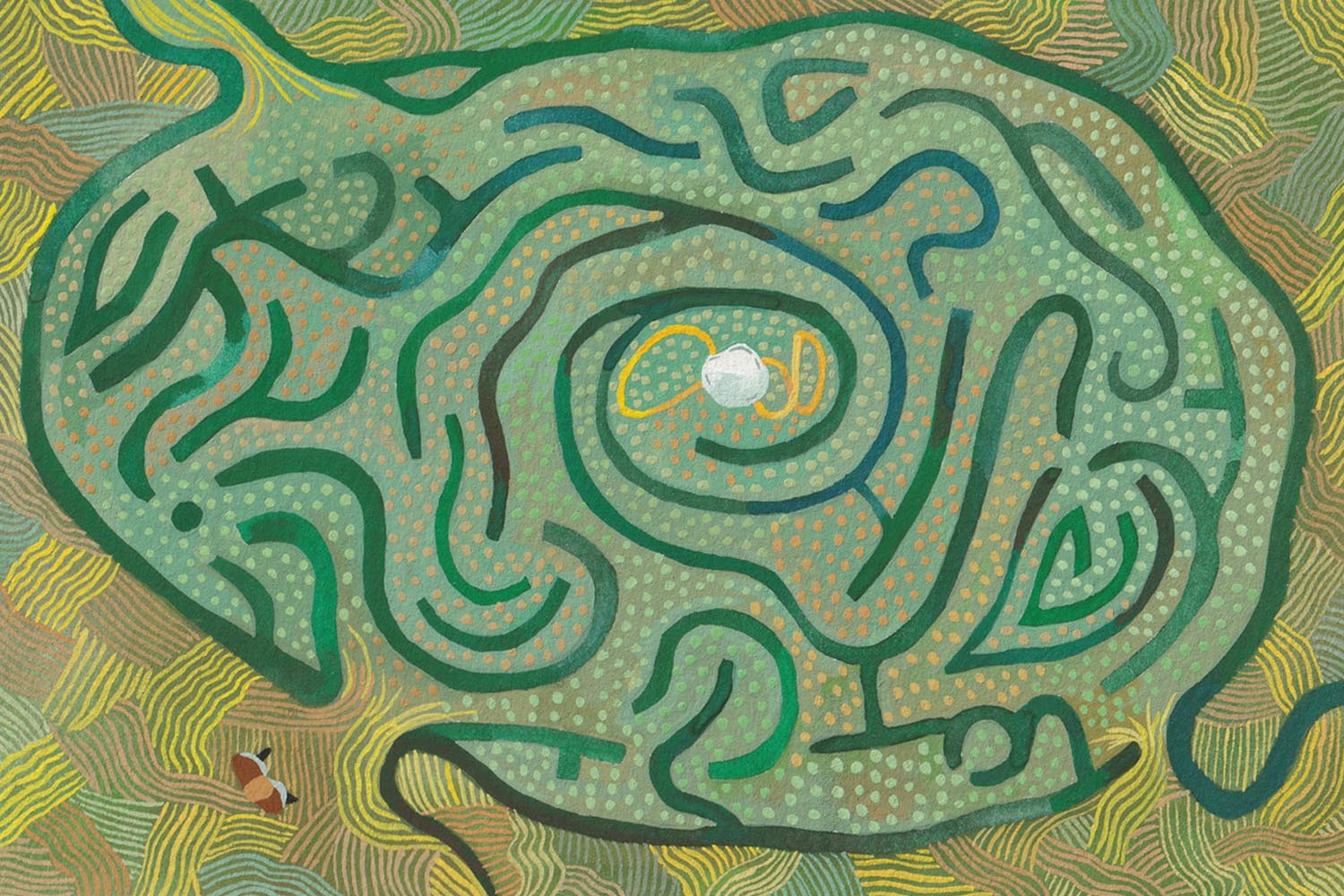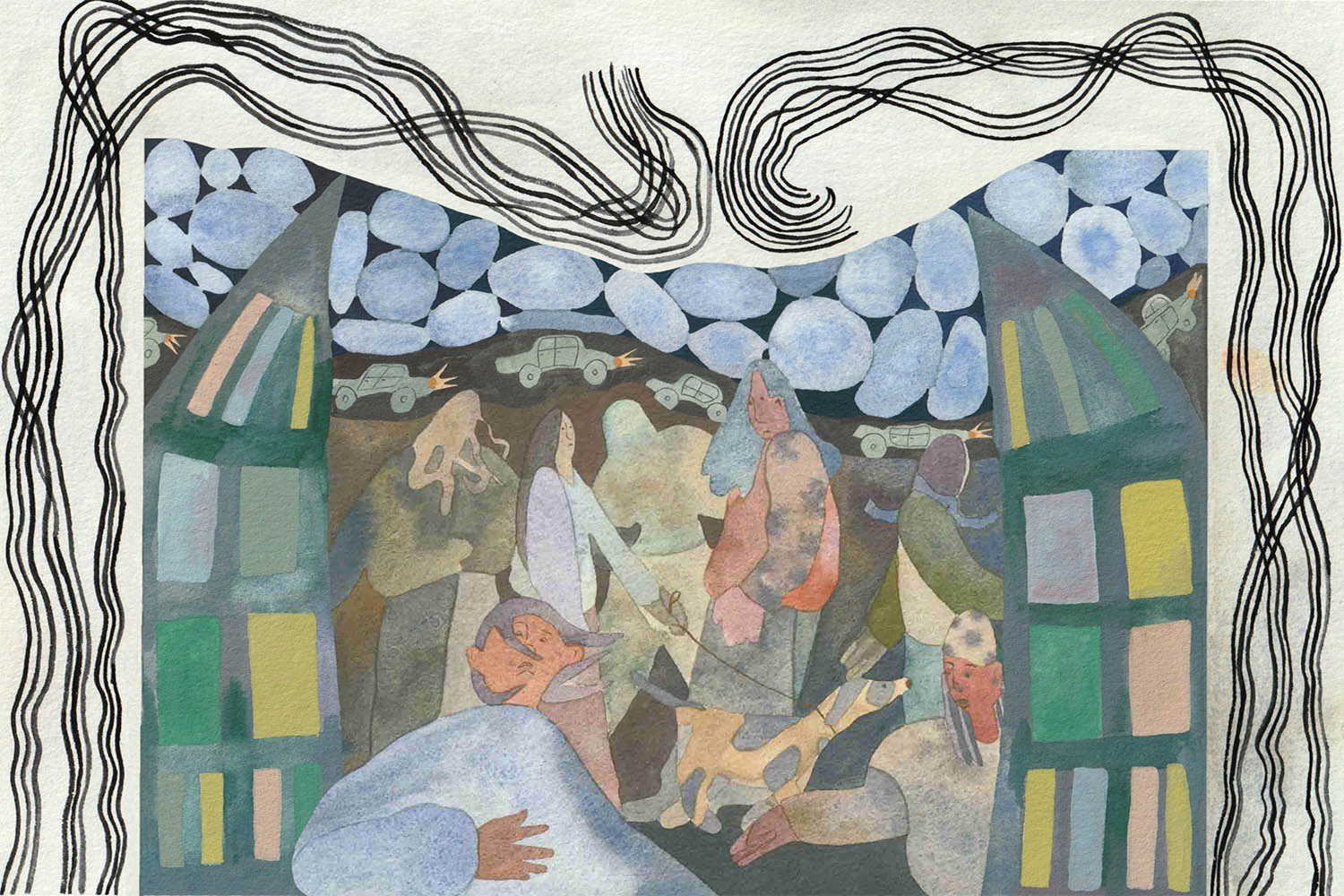

If Oakridge were a city, its surging COVID-19 rates in late October would have made national headlines and the neighbourhood could have been placed under lockdown weeks ahead of Toronto.
When I visited the Scarborough community in early November, 14 percent of tests were coming back positive, the highest of any neighbourhood in the city. A short distance north of where Danforth Avenue meets Danforth Road, one of the local schools just had an outbreak, the largest in the TDSB, with five students stricken and under quarantine. Overall, Oakridge was near the top of the list for recent infection rates, alongside the now familiar neighbourhoods of Toronto’s northwest. But unlike the latter, this east-end community of 14,000—nearly half of whom live in poverty—had somehow managed to fly under the radar, to the detriment of those who live there.
At a strip mall that backs onto a public housing complex, a woman, probably in her early 70s, joined me in line just outside the Warden Woods Medical Centre. She had come to get her prescription renewed; I was there to ask the doctors about the developing situation in Oakridge. Her arrival caught my attention: no mask, and barely any distance separating us. I took a slow-motion step forward, trying my best to not appear startled as questions raced through my head: Why the brazen attitude? Does she not know about the COVID surge in the area?
“Would you like a mask?” I asked, settling on a gentler way of phrasing my inner thoughts.
“No, I’m good,” she said in a smoky voice.
She explained that she had lost her mask, and figured that the clinic would supply a new one before letting her inside. Besides, she told me, she preferred not wearing one outdoors because of her asthma. Does it not concern you that the virus is circling the area, I asked, citing how Oakridge ranked number one for this and that. It was all news to her.
“I listen to CFHI,” she told me. “But I haven’t turned the radio on in a couple of days.”
She wasn’t the only one in the dark. Of the dozen people I spoke with—clinic staff, a young couple pushing a stroller, random people on the street—not a single person was aware of the elevated state of danger around them. At the time, Toronto was still in “modified stage 2” and to a degree, that was what people understood. Unfortunately, no one had bothered to tell them that things were a lot worse where they were. I was the one delivering the news.
During the first wave, the virus settled in Toronto’s northwest. But lately, its whereabouts have been more erratic. We’ve seen sporadic surges in places like Woburn, Bendale, Rouge, Scarborough Village, and Oakridge—inner-suburban neighbourhoods far from the limelight where the virus has been able to come and go relatively unannounced, often returning later to wreak more havoc. Bendale, for example, had one of the highest positivity rates in Toronto in late September, and then things got better for a few weeks.
By November, however, rates in the Scarborough neighbourhood had shot all the way up to 19 percent. Even longstanding hotspots in the northwest like Black Creek and Weston have experienced this yo-yo pattern of community transmission recently. In the face of such rapidly changing scenarios, people deserve to know what’s happening around them. Residents of these places would have had many weeks of extremely high risk exposure prior to the province’s decision to lock down Toronto which, according Ontario’s colour-coded framework, is based on average risk across an entire city (i.e. city-wide positivity and incident rates).
At the time of publication, Oakridge’s positivity rate had eased to nine percent (still above the city average of six percent). But there’s no telling when COVID-19 will surge again. Viruses don’t have a brain, but they are clever. They go to where we’re most vulnerable and do their worst damage when ignored. The less attention we pay, the more they spread.
It’s a great irony of our time that reams of epidemiological data pour out of government pressers on a daily basis, but so little is getting through to the places that most need it. At a COVID-19 town hall in Mississauga in mid-November, a resident complained about difficulty finding updated information, blaming the Toronto media for not covering the suburbs enough. This is true. But it’s also true that the Toronto media doesn’t cover its own inner-suburbs with any depth, vigour or continuity. When it comes to the city’s hinterlands, the bar seems to be set pretty high for what’s considered newsworthy. Less than a week after the Mississauga resident’s town hall remark, Peel region catapulted into the media spotlight due to their record-breaking positivity rates after weeks of hovering just below the threshold of visibility. In Oakridge, the one COVID-related story that everyone wanted to talk about was the fatal shooting at the local LCBO after an apparent argument over physical distancing, which was widely reported. It usually takes an extraordinary development before anything becomes news in these parts.
Local news has been on a steady decline across the city, with outlets like the Scarborough Mirror having gone through successive rounds of downsizing over the years, while hyperlocal weeklies like the Bloor West-Parkdale Neighbourhood Voice and Beach-East York Neighbourhood Voice shut down permanently during the early days of the pandemic. This has undoubtedly contributed to the information vacuum in many pockets of the city, at a time when community reporting is most critical. But to be fair, it’s not the media’s job to be the public health department for the city.
Things were different a century ago, when public health was delivered door-to-door. In the 1880s, contracting smallpox meant a visit from a health department inspector, who would immediately placard the home to notify neighbours of the dangers lurking nearby. In the 1910s, Dr. Charles Hastings pioneered a gentler approach, replacing inspectors with an army of public health nurses sent into specific communities to inform and educate Torontonians about the emerging science of hygiene and disease prevention. “When they are told to do things, they want to know why,” he said in a speech at the Canadian Club in 1916. “Therefore, the first duty of the Department of Public Health is to educate the public.”
The boots-on-the-ground approaches of Toronto’s early medical officers would be impractical, if not intrusive, in today’s context. Nevertheless, the idea of public health communicating directly with citizens, particularly in hotspot neighbourhoods, is one worth revisiting. If a corner of the city is experiencing elevated risks of community transmission, how about sending residents public health notices in the mail? (The city does this for much less important things, like a new development application from your wealthy neighbour.) If there are bus routes that cut through hard-hit neighbourhoods, why not ask TTC drivers to do public service announcements informing riders of pop-up testing centres opening soon?
Across the street from the strip mall that day in November, a small line began to form. It was the opening day for a COVID-19 temporary assessment site at the Warden Woods Community Centre. With a 14 percent test positivity rate among residents, my iPhone calculator informed me that one in seven people in line could be COVID-positive. I cautiously made my way over to check things out. To my surprise, most of those waiting were people from other parts of the city who had managed to Google their way to the location. The locals seemed less informed about the new service. Unequal access to information is one of the many fault lines of this pandemic.

